
OR
NOC snubs repeated reminder from CAAN to relocate its aviation fuel depot at TIA
Published On: September 7, 2024 08:00 AM NPT By: Dilip Paudel
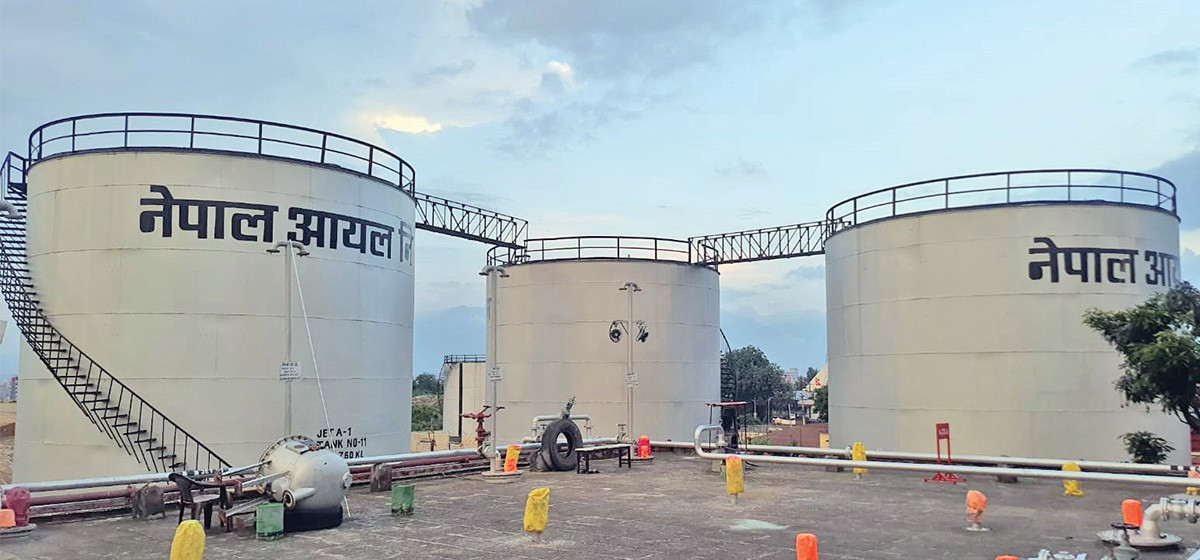
KATHMANDU, Sept 6: Nepal Oil Corporation (NOC) is under growing pressure to relocate its aviation fuel depot at Tribhuvan International Airport (TIA), Sinamangal, as it is situated in a high-risk zone.
The Civil Aviation Authority of Nepal (CAAN) has repeatedly urged NOC to move the depot, which lies between the airport’s taxiway on one side and a settlement on the other.
CAAN has proposed relocating the depot to the northern depression of the airport in line with the Tribhuvan International Airport Improvement Master Plan and a study conducted by an international consultant. However, NOC has been reluctant to take action, while CAAN continues to insist on compliance with its directive.
The urgency of relocating the depot became apparent after a Saurya Airlines plane crash at TIA. Prime Minister KP Sharma Oli had instructed its relocation, warning of the potential for immense property damage in Sinamangal if a crash occurred near the fuel depot.
Despite multiple written requests from CAAN, NOC has not yet acted on the relocation. CAAN emphasized that the current depot is only 150 meters away from TIA’s runway, violating International Civil Aviation Organization (ICAO) standards.
Project Director Dipendra Shrestha stated, “Since most of the aviation fuel depot lies within the taxiway, it poses a significant risk to both airport operations and the densely populated areas nearby.”
CAAN warned that non-compliance with ICAO standards would be flagged during safety audits, tarnishing both the airport's and the country’s international reputation. This week, CAAN again sent a letter requesting urgent action on the depot’s relocation.
TIA has experienced multiple aviation accidents over the years, though none have affected the fuel depot. However, an accident involving the depot could result in severe financial loss and widespread damage due to fire from the stored fuel.
The NOC fuel depot has a storage capacity of 7 million liters, spread across six vertical tanks and eight underground tanks. In the event of an aircraft crash involving these tanks, experts have warned that the explosion could devastate the entire Sinamangal area.
CAAN first suggested relocating the fuel depot in its 2016-2018 master plan due to both ICAO standards and the associated risks. While other construction projects have progressed, the depot relocation has yet to advance.
Currently, TIA handles around 45 international and 160 domestic flights daily, selling approximately 500 kiloliters of aviation fuel. NOC’s 10 tankers are responsible for refueling the airplanes.
Although NOC manages the fuel depot as the government-authorized agency responsible for fuel management, sales, and distribution, the process of demolishing the existing depot and constructing a new one falls within NOC's jurisdiction.
Following an instruction by Prime Minister KP Sharma Oli, Minister for Industry, Commerce, and Supplies Damodar Bhandari has also taken an interest in the matter, discussing it with Indian Oil Corporation (IOC) officials during a visit to India.
Chandika Bhatta, NOC’s executive director, acknowledged that the corporation is studying the issue, noting, “The technical decision on where to relocate the depot must come from higher authorities. Once a decision is made, we are responsible for implementing it.”
Although a master plan was developed in 2018, NOC has not begun the relocation process. Pradip Yadav, chief of NOC’s aviation fuel depot in Sinamangal, reiterated that adhering to CAAN and ICAO standards is NOC's responsibility.
“We are committed to meeting safety standards. It is our duty to comply with international guidelines,” said Yadav.
While CAAN has allocated land for the relocation, it expressed dissatisfaction over NOC’s failure to attend a recent meeting called to discuss the issue. CAAN emphasized that it is the state’s responsibility to meet ICAO standards and reiterated the risks posed by the current depot.
Flights at Tribhuvan Airport began in 1964, following its renaming to an international airport. At the time, infrastructure was designed to accommodate small to medium-sized aircraft. However, since large aircraft began arriving after 1989, upgrading facilities in line with ICAO standards has become essential.
The current NOC depot covers 37 ropanis of land, with 32 ropanis owned by NOC and 5 ropanis leased from CAAN. CAAN has assured NOC it would exchange land for relocation.
According to the study conducted by the international consultant and the master plan, CAAN has allocated land for the depot’s relocation towards the northern depression of the airport. A 2018 study estimated the cost of relocating the depot at Rs 6 billion. The issue has also been discussed in a parliamentary committee.
You May Like This
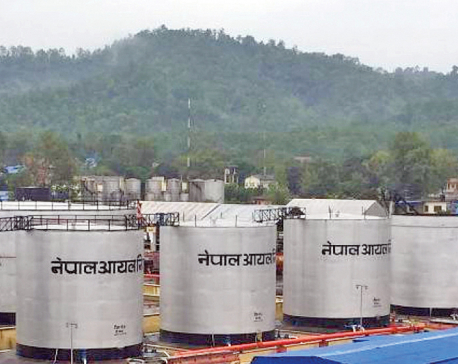
NOC slashes price of petrol by Rs 7 per liter, diesel and kerosene by Rs 5 per liter
KATHMANDU, May 15: Nepal Oil Corporation (NOC) has announced a significant reduction in the prices of petrol, diesel and kerosene. Read More...
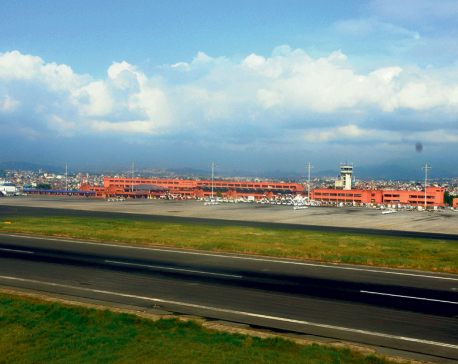
Flight ticket shortage to persist for few more days
KATHMANDU, April 24: Air passengers flying to New Delhi or vice versa will have to face problem due to shortage... Read More...
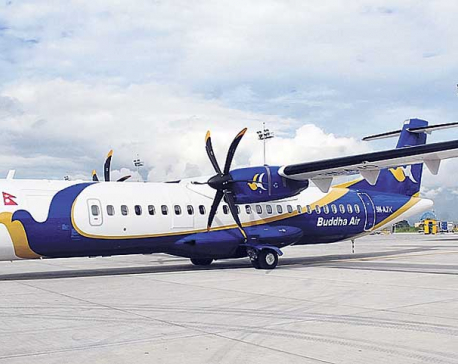
CAAN bans Samsung Galaxy Note 7 during domestic flights
KATHMANDU, Sept 29: The Civil Aviation Authority of Nepal (CAAN), a regulatory body of the aviation of the country, has... Read More...

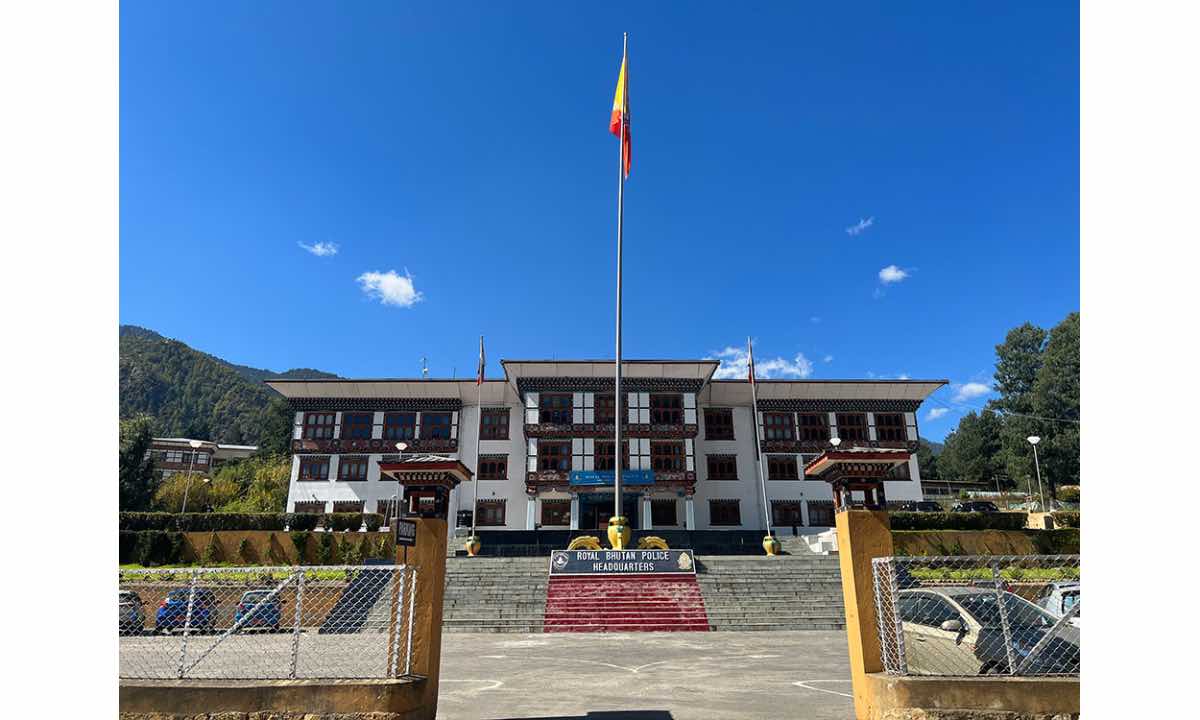



Just In
- Interim govt of Bangladesh approves decision to import 40 MW of electricity from Nepal
- Koshi CM to face vote of confidence on September 18
- Two arrested with 45 kg marijuana
- DPM Singh and WB high officials hold meeting
- Banks reduce interest rate for Ashoj
- Japan's elderly population hits record high
- Parliamentary Hearing Committee to finalize ambassadorial appointments on Sept 18
- NEPSE nosedives 57.03 points; daily turnover plunges to Rs 7.36 billion





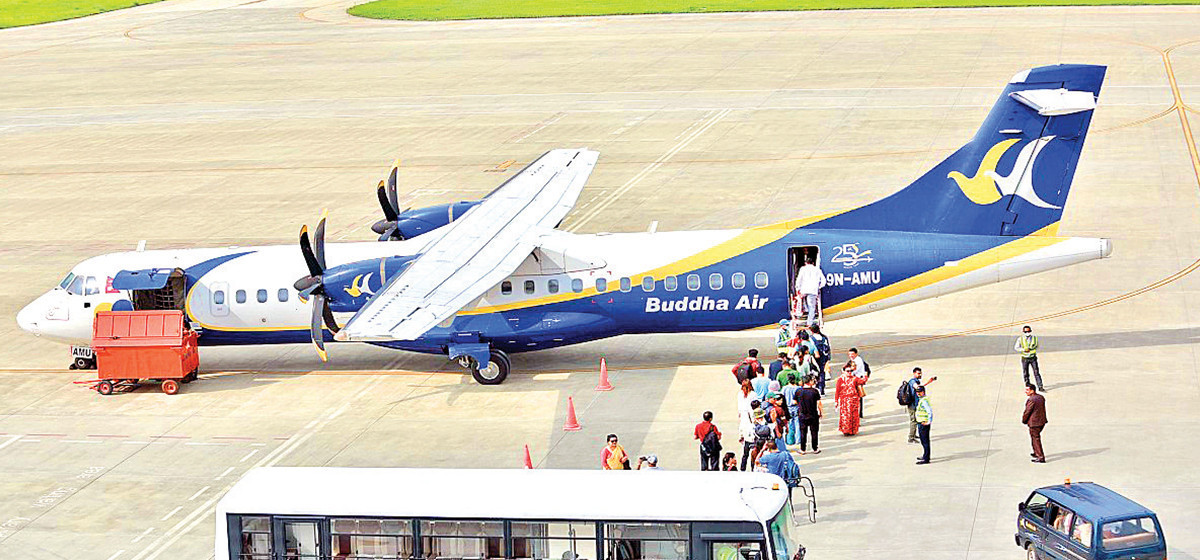

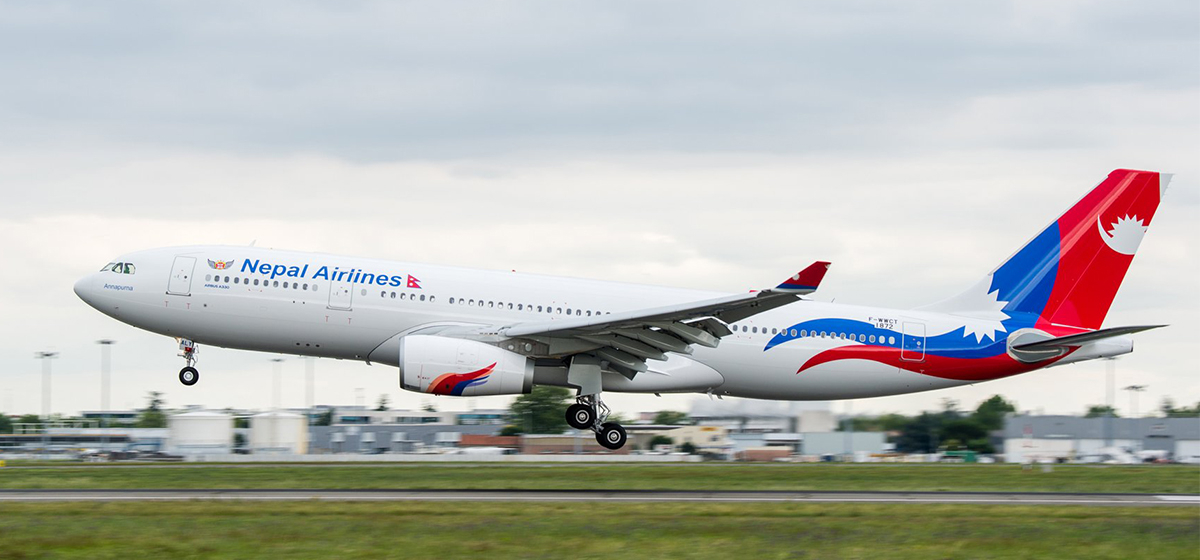
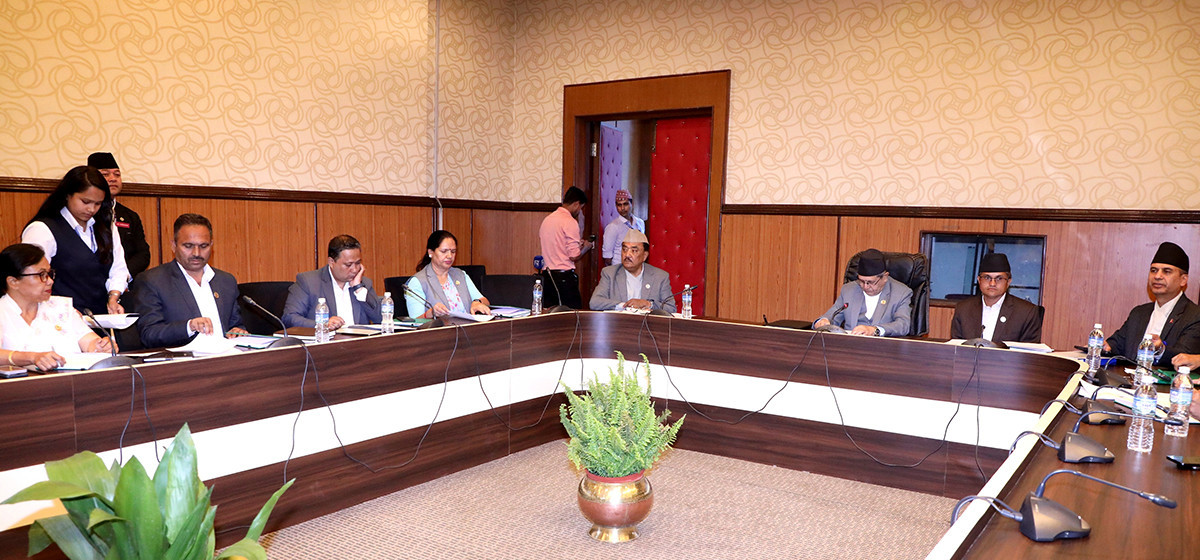




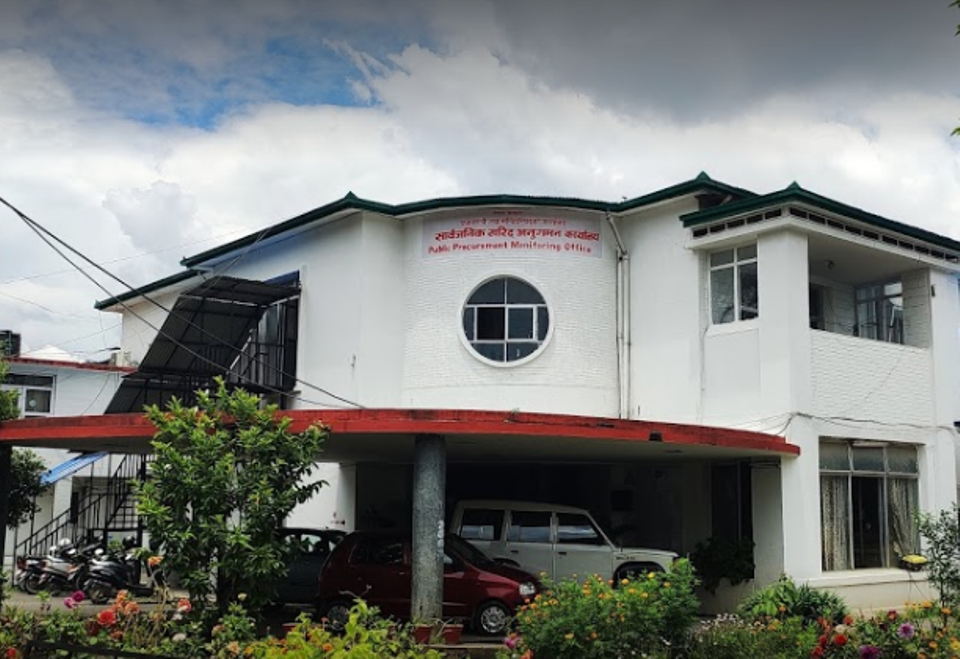
Leave A Comment